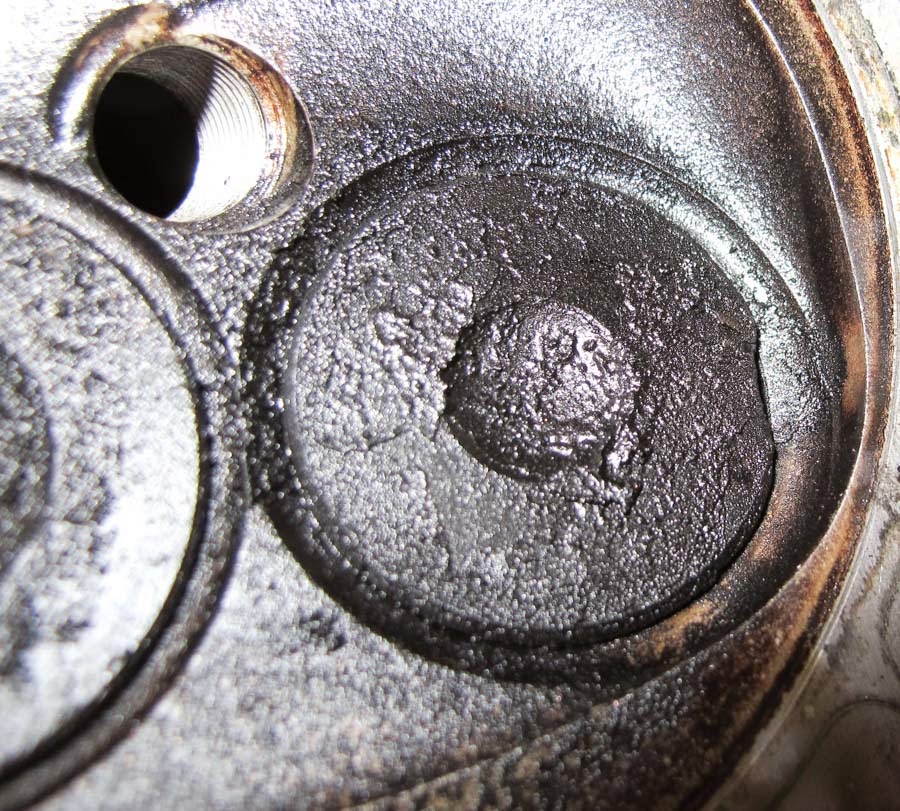 |
| Bentley Arnage - (c) J E Robison Service |
 |
| A rare Rolls Royce Corniche S - (c) J E Robison Service |
I've written quite a few articles on Rolls Royce and Bentley, and I have begun gathering them together here. One day I'll probably turn them into a book. Till then . . . Feel free to comment or offer corrections.
Thoughts on buying a used Rolls Royce or Bentley - applies to Silver Cloud and newer series cars
More thoughts on Spur - Spirit - Turbo era car buying
Thoughts on restoration - applies to all cars
Evolution of the RR/B models - Silver Shadow through Arnage/Seraph - original article from the Robison Service website
Inspecting a Rolls Royce or Bentley - Applies to Corniche, Continental, Azure, Turbo R, Mulsanne, Eight, Turbo R, Silver Spur, Silver Dawn, Silver Spirit
More Things to Look For in a 1981-2000 Rolls Royce or Bentley - this is the original article from the Robison Service website
The last Crewe built Rolls Royce convertibles - applies to 2000-2002 final Series Corniche
Repairing convertible top hydraulics - Applies to 1996-2004 Rolls Royce and Bentley Corniche and Azure cars
Head gasket failures in Bentley Turbo cars - applies to Turbo R, Continental R and T, Azure, Arnage
Checking engines after head gasket failure - Applies to all cars
Checking and inspecting Rolls Royce hydraulic systems - all cars after Silver Cloud and print to Silver Seraph. Applies to all Shadow/Spur era vehicles
Case Study - brake failure in a Shadow - Silver Shadow era cars with RR363
Rear suspension gas springs - Applies to all 1981 - 1999 cars prior to Silver Seraph
Changing batteries in seat and ECUs, Applies to 1980s-1990s Silver Spirit / Silver Spur / Mulsanne /Eight / Turbo R
Changing alarm ECU batteries, Applies to 1980s-1990s Silver Spirit / Silver Spur / Mulsanne /Eight / Turbo R
Servicing Shadow and Spur series brakes - applies to 1966 - 1999 cars after Silver Cloud and prior to Silver Seraph
Alcon racing brakes for Continental and Azure - Applies to all 1990s cars but most particularly to the final series Azure, which had these brakes fitted at the factory - a unique variant
Fixing Power Steering Leaks - applies to 90s cars with the reservoir above the alternator
Questions and answers on collector car storage - Applies to all cars
Evaluating paint - Applies to all cars
I hope you find these suggestions useful, and I wish you luck and success, keeping your Rolls Royce or Bentley motorcar on the road!
Best wishes
John Elder Robison
John Elder Robison is the general manager of J E Robison Service Company, independent restoration and repair specialists in Springfield, Massachusetts. John is a longtime technical consultant to the RROC and other car clubs, and he’s owned and restored many fine vehicles. Find him online at www.robisonservice.com or in the real world at 413-785-1665
John Elder Robison is the general manager of J E Robison Service Company, independent restoration and repair specialists in Springfield, Massachusetts. John is a longtime technical consultant to the RROC and other car clubs, and he’s owned and restored many fine vehicles. Find him online at www.robisonservice.com or in the real world at 413-785-1665




































